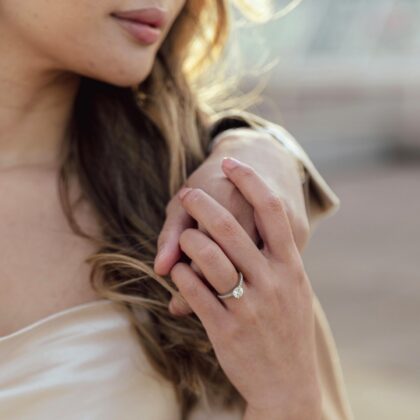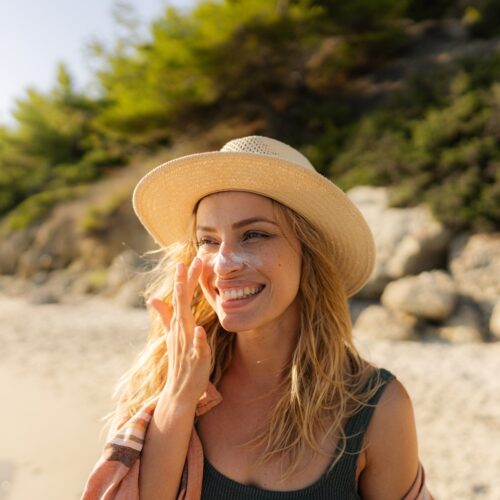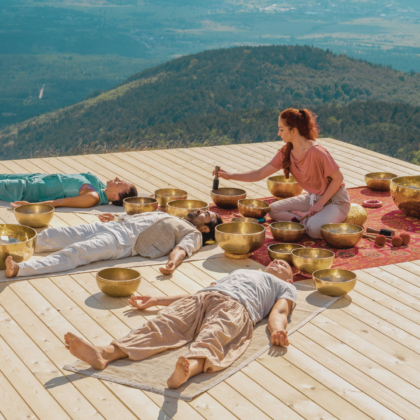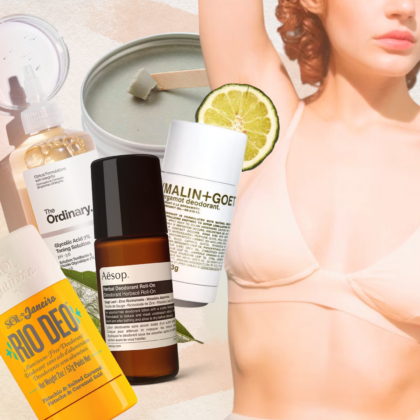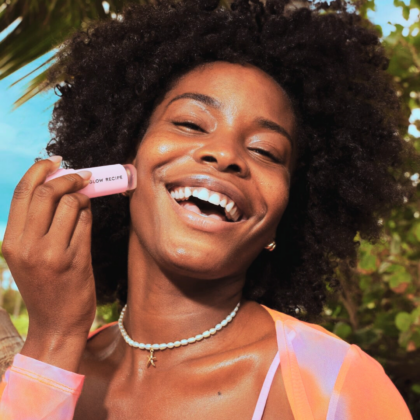Summer’s here and we’re ready to enjoy some fun in the sun! Safely, of course…
Whether it’s junk boat parties, lazy beach days, hiking adventures, or simply dashing through the city in the scorching heat, your skin sure cops it during the warmer months! SkinCentral, a leading Hong Kong cosmetic and medical dermatology clinic, has been helping Sassy Girls keep their skin in top condition since 2005. We sat down with SkinCentral’s team of professionals to ask all our burning questions about skin safety.
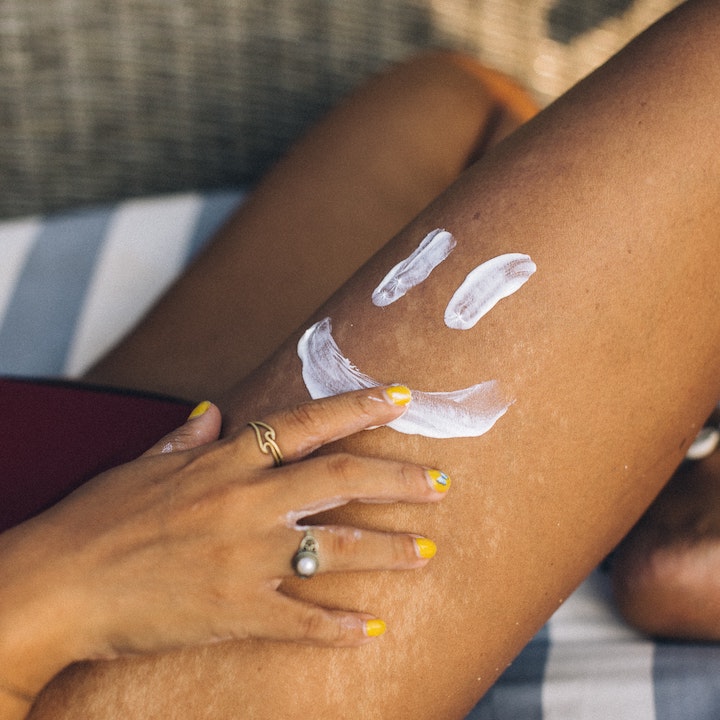
SPF 15, 30, 50? What’s the difference and what should we look for in a sunscreen? Is it ok to rely on SPF in our make-up?
SPF stands for sun protection factor. It measures how well the sunscreen can protect you from UVB. It represents how much solar energy (UV radiation) is required to produce sunburn on protected skin (in the presence of sunscreen!) relative to the amount of solar energy required to produce sunburn on unprotected skin.
It is commonly believed that SPF is a time factor for sun exposure. Actually, SPF does not inform consumers about the time that can be spent in the sun without getting sunburned.
It is used to compare the level of sunburn protection provided by different sunscreens. In simple terms, SPF 50 provides better protection than SPF 30.
You can not just rely on the SPF in the make-up. Theoretically, for sunscreen to have a protective effect, you need to apply an adequate amount, a thick layer over the skin. The content of SPF in makeup is simply not high enough.
You’d need to put on tons of makeup in order to provide the adequate protection that regular sunscreen would provide.
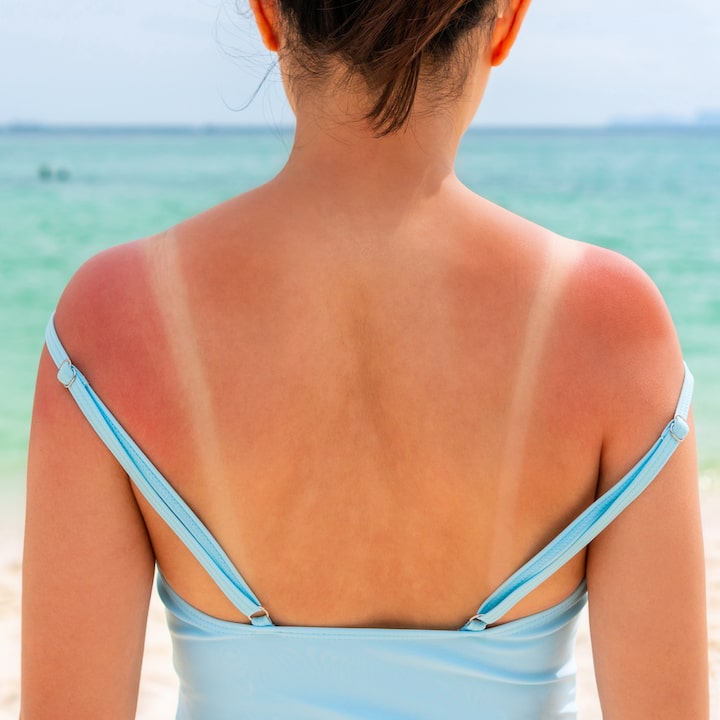
Help…. I forgot to reapply my sunscreen and now I look like a glowing red beacon. Is there anything I can do?
In the hours and days following you can:
- Take cool baths or showers to relieve the pain
- Gently pat dry and apply a layer of moisturizer
- Drink plenty of water to cool down and prevent dehydration
- Do not pop the blisters
- Take painkillers
- Cover sunburnt skin from direct sunlight until the skin has fully healed
The long-term effects of sunburn include premature ageing, precancerous skin lesions (actinic keratosis) and the increased risk of skin cancer, including both melanoma and non-melanoma skin cancer. These effects could take decades to develop and the only thing you can do is to avoid further sunburn and sun damage.
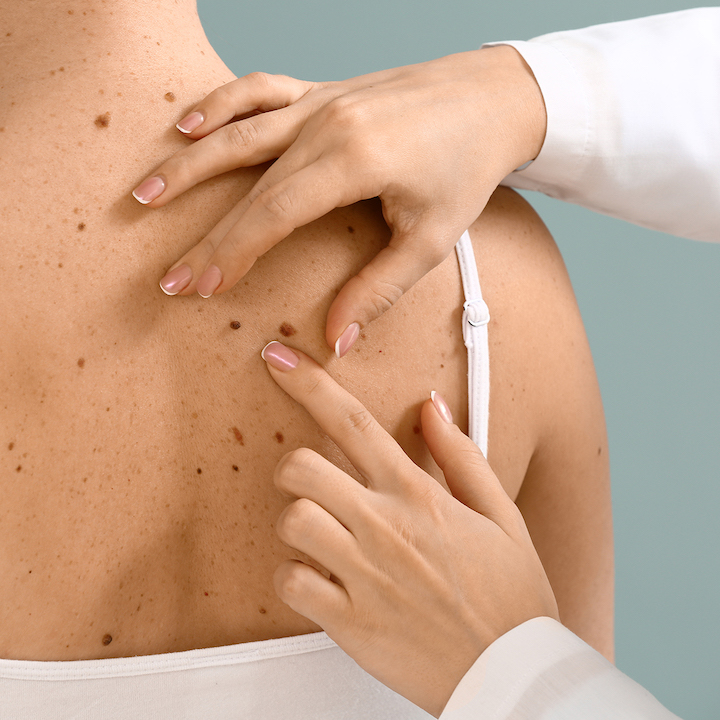
Who is more at risk of developing skin cancer?
Factors that affect your risk of developing skin cancer include genetics, skin type (especially fair-skinned people), sun exposure and a history of sunburn and those undergoing immuno-suppressive treatment are generally at higher risk for skin cancer. But that doesn’t mean we all shouldn’t be taking precautions!
Skin cancer is more likely to develop in areas of skin exposed to the sun which includes the scalp, face, neck, nose, chest, arms and hands.
It’s important not to get complacent as non sun-exposed areas like your palms, fingernails, toenails or even your genital areas have been known to develop skin cancers. For people with darker skin tones, melanoma is actually more likely to occur in these areas which are not normally exposed to the sun.
What are some of the warning signs we should look out for?
Dermatologists usually look out for:
- Changes to the size, shape, structure or colour of a naevus (commonly called moles)
- Particular naevus that looks different from others on the body
- A new naevus developing in adult life (over the age of 40)
- ABCD characteristics — Asymmetry, Border irregularity, Colour variation, Diameter > 6 mm
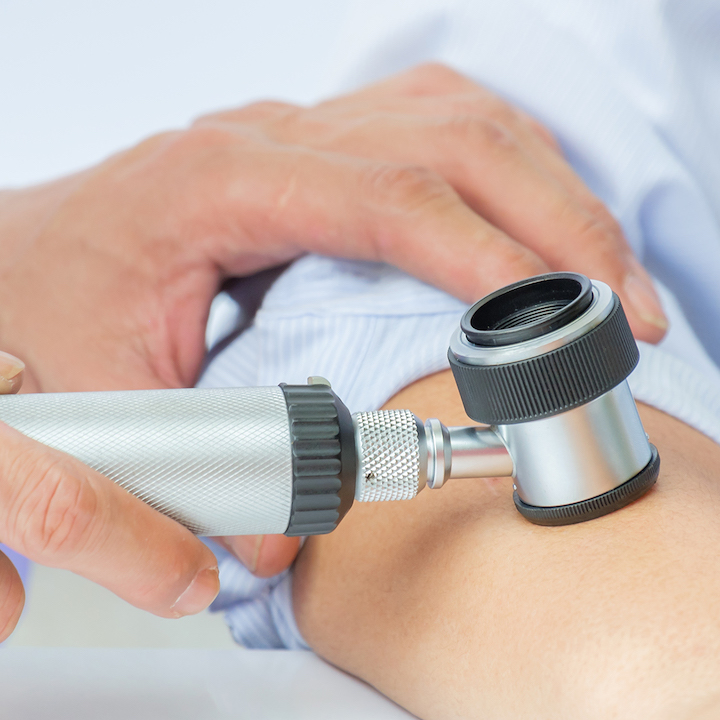
Who should book a skin cancer check?
Skin safety is important for everyone! If you’ve never had a check, or it’s been a long time since your last skin exam you might want to consider visiting a dermatologist to establish your baseline. Some people should be booking in for regular checks, dermoscopy or biopsy and that includes those with; many moles (more than 100), large moles (especially if they are unusually coloured or shaped), moles that are difficult to see and monitor (like on your back), a personal or family history of melanoma and those with a history of severe or repeated sunburn.
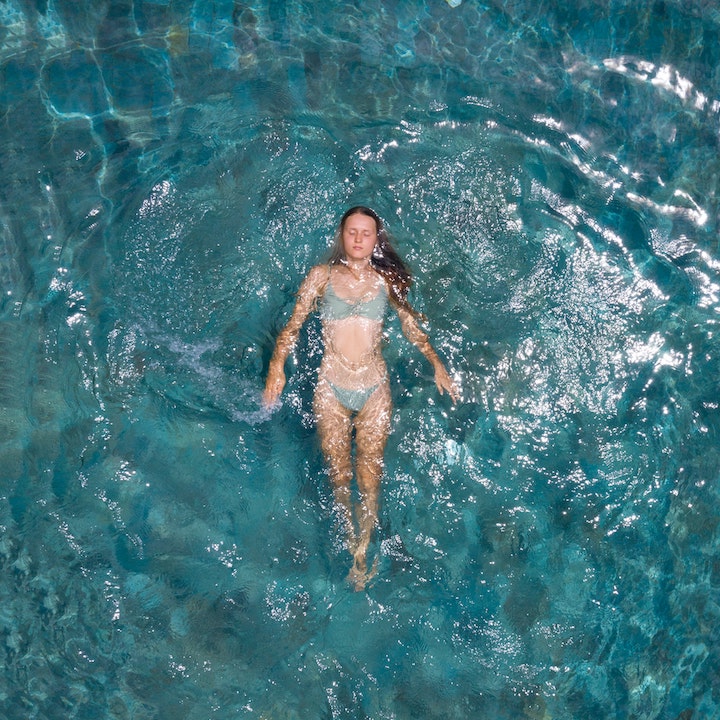
So, the question we all want to know — how much time in the sun is too much?
The time taken to have sunburn depends on several factors. It can vary by skin type, the weather and the time of day. On a hot sunny day, if you have fair skin, it could take just 5 minutes to start getting sunburn!
What is the one piece of advice you’d give to women to stay skin-safe this summer?
![]() Prevention is the best thing you can do to save your skin.
Prevention is the best thing you can do to save your skin.
![]() Cover up by wearing a hat, long sleeves and a long skirt or trousers. Choose fabrics designed for the sun (UPF 40+) when outdoors.
Cover up by wearing a hat, long sleeves and a long skirt or trousers. Choose fabrics designed for the sun (UPF 40+) when outdoors.
![]() Wear sunscreen! Choose a broad-spectrum high-protection (SPF 50+) sunscreen and apply it frequently to exposed areas.
Wear sunscreen! Choose a broad-spectrum high-protection (SPF 50+) sunscreen and apply it frequently to exposed areas.
For more information on skin cancer checks and sun safety in Hong Kong, contact SkinCentral.
SkinCentral, 1220, 12/F, Central Building, 1 Pedder Street, Central, Hong Kong, www.skincentral.com
This article is in partnership with SkinCentral. All advice is general and you should consult your doctor for information on your individual medical situation. Main image courtesy of Getty, image 1 courtesy of Pexels, image 2 courtesy of Getty, images 3 and 4 courtesy of SkinCentral, image 5 courtesy of Pexels





 Eat & Drink
Eat & Drink



 Travel
Travel
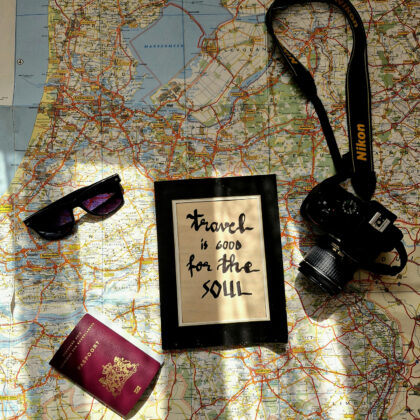

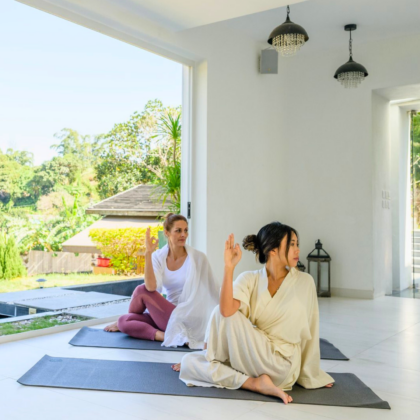
 Style
Style



 Beauty
Beauty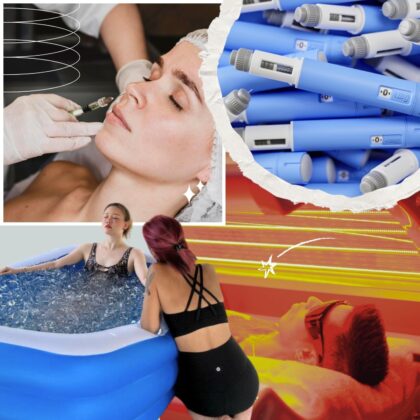
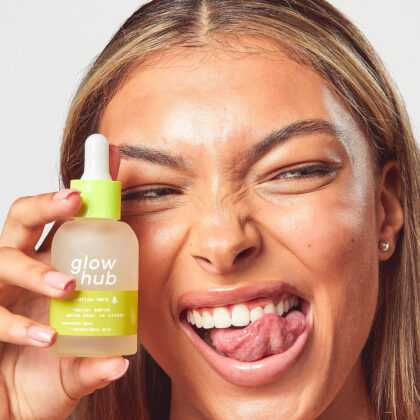
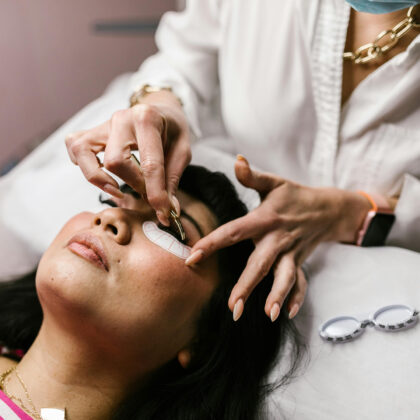
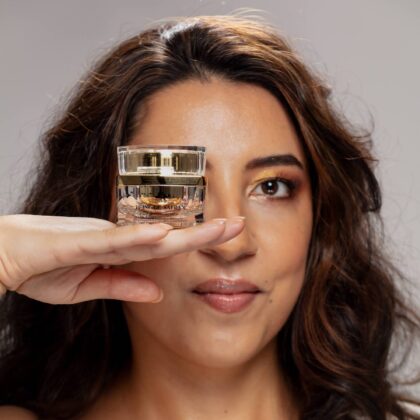
 Health & Wellness
Health & Wellness
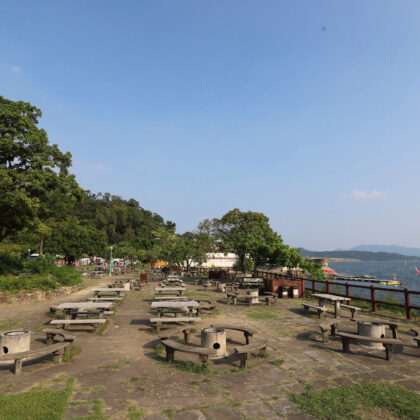
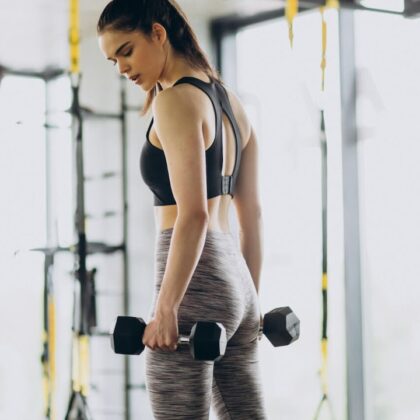

 Home & Decor
Home & Decor

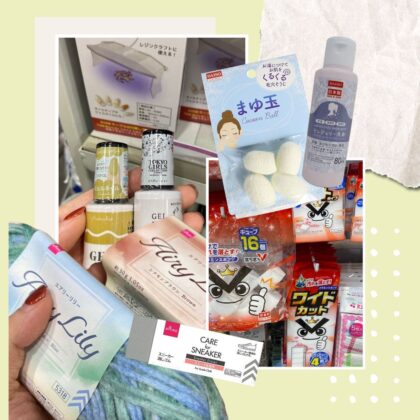

 Lifestyle
Lifestyle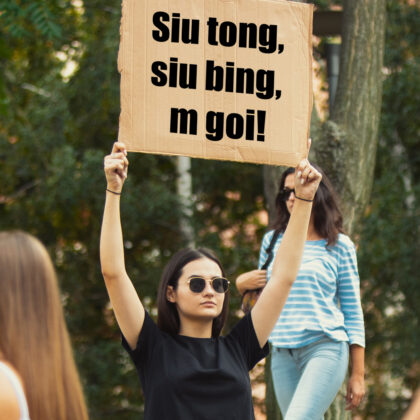
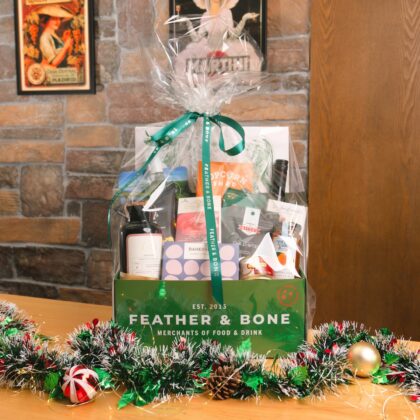

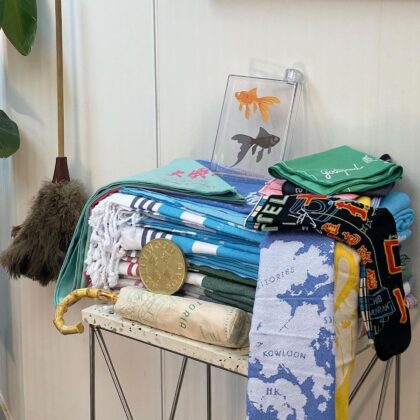
 Weddings
Weddings


